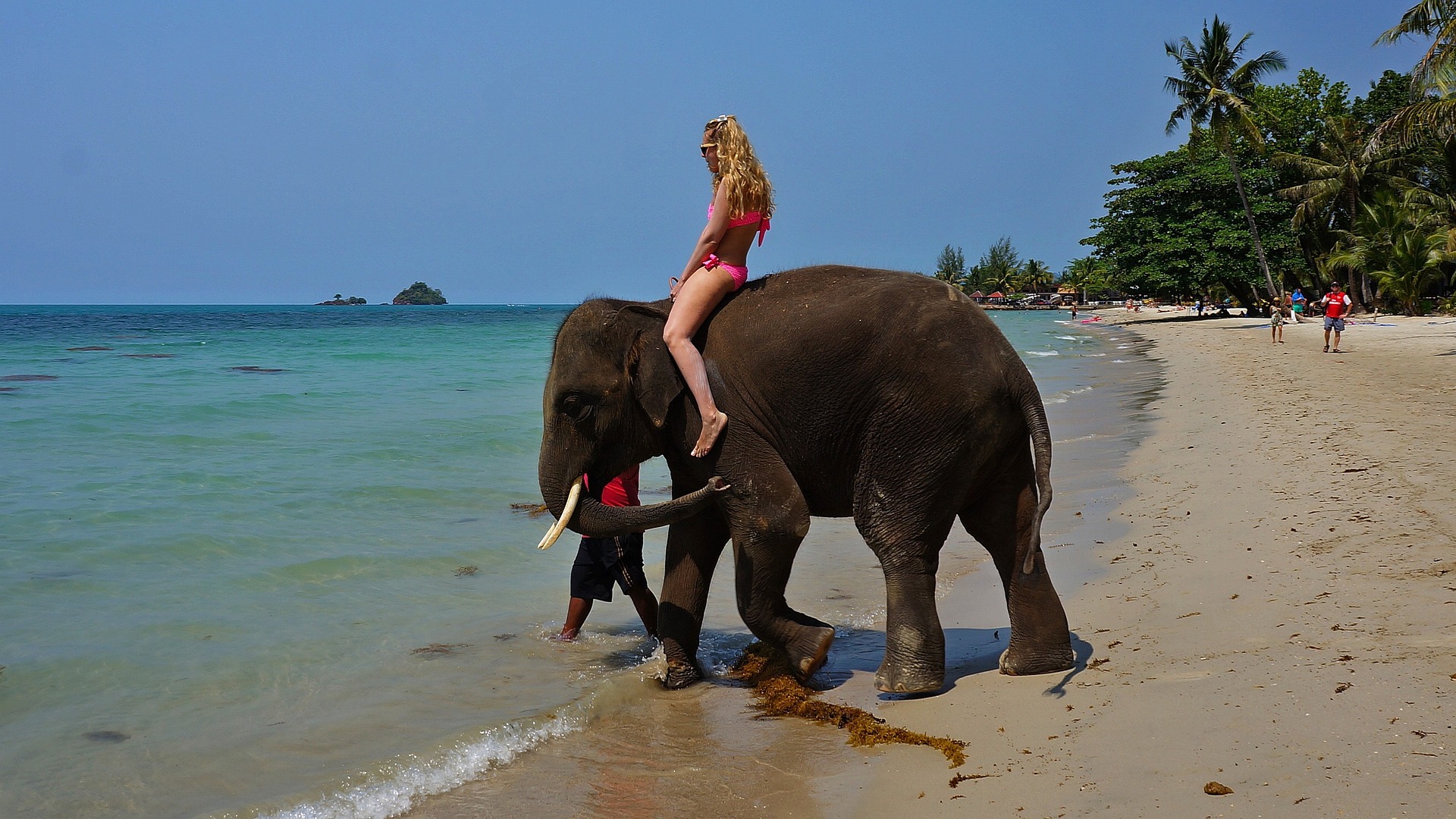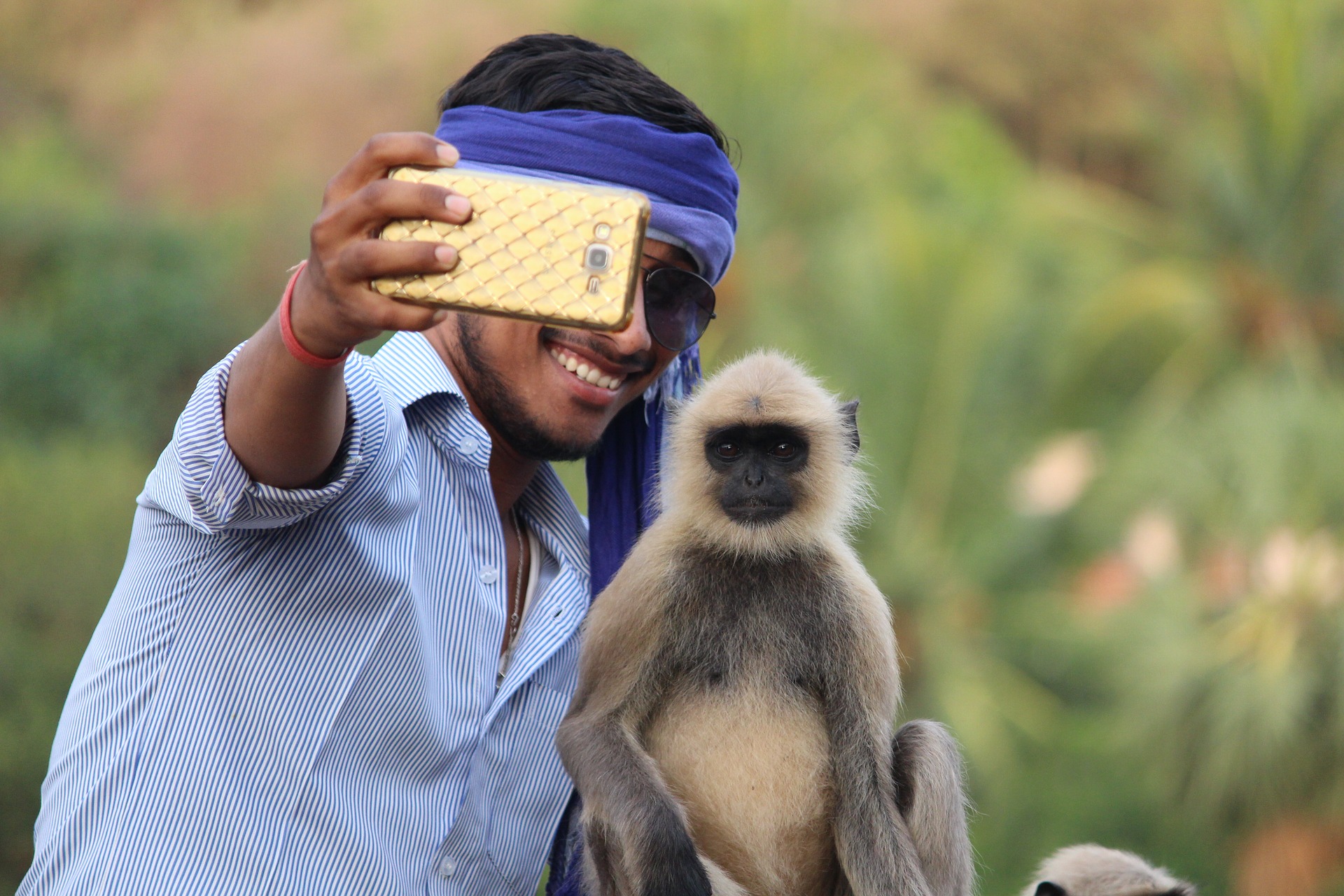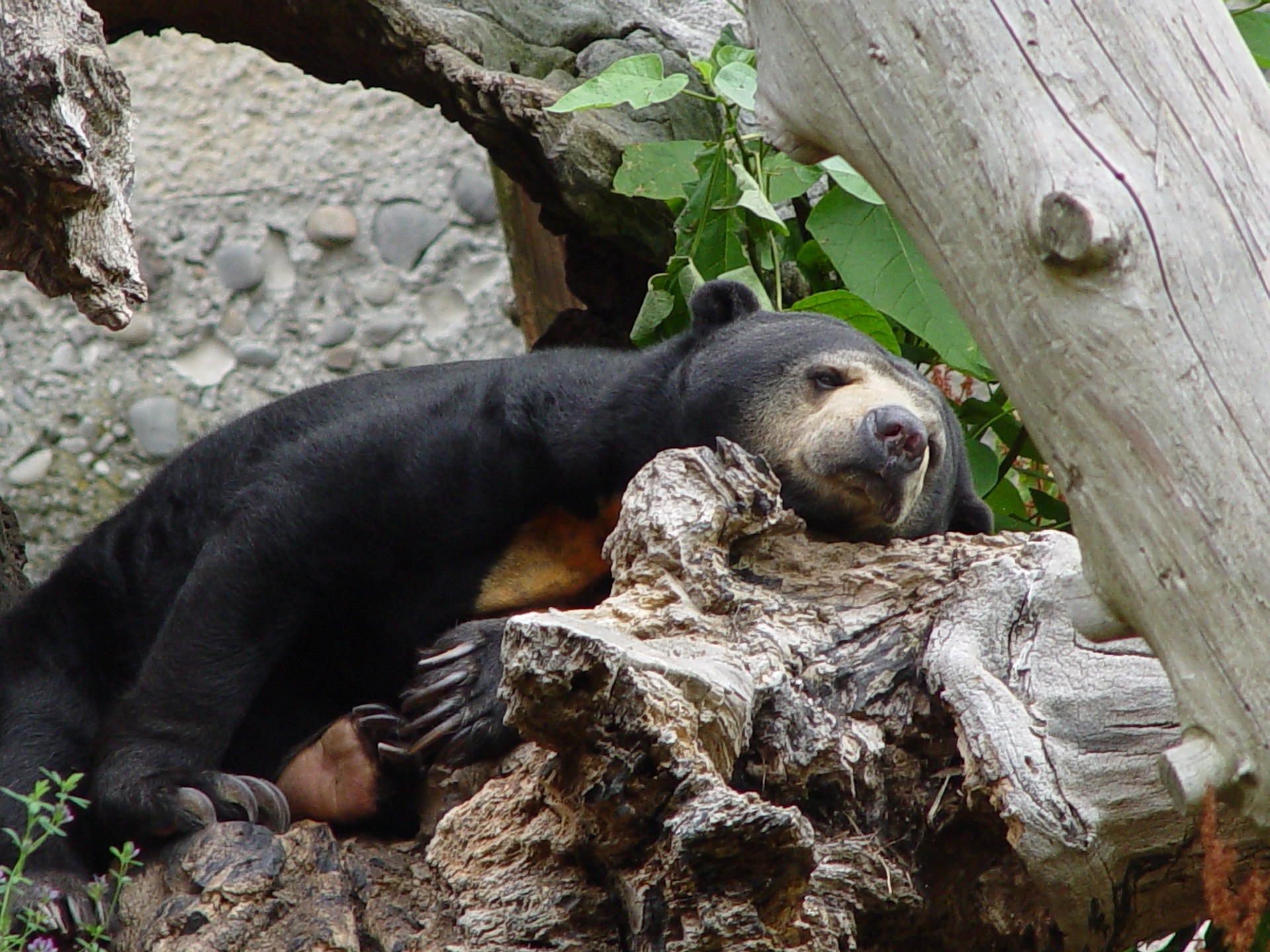How to Spot Ethical Animal Tourism in Southeast Asia
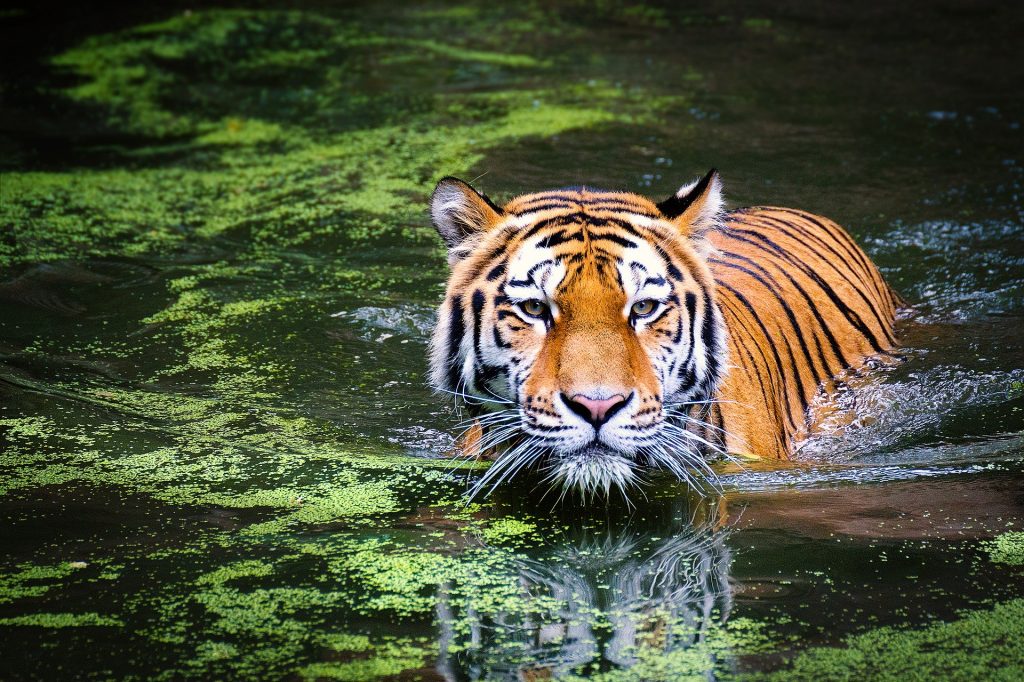
Listen below. Click “globe” for more languages.
Help stop animal cruelty in Southeast Asia by avoiding inhumane experiences with captive animals—we’ve got the details on ethical animal tourism in Southeast Asia.
Southeast Asia is home to some of the world’s most incredible wildlife, including endangered species such as Asian elephants, sea turtles, and tigers. Travelers can witness and learn about the Southeast Asian animal kingdom in Cambodia, Laos, and Thailand. Humane wildlife encounters are key to ending widespread animal abuse and conserving at-risk species.
Seeking out cruelty-free experiences that prioritize animal welfare is crucial for preserving these remarkable species. Engaging in irresponsible animal interactions for human amusement such as petting tigers, riding elephants, or drinking snake wine further encourages the exploitation of precious wildlife.
Be Aware of Red Flags
As there are minimal regulations governing animal tourism in Cambodia, Laos, and Thailand, it’s important to keep an eye out for red flags. Avoid venues that promote animal shows including water buffalo riding, performing dolphins, crocodile wrestling, snake charming, dancing bears, primate tricks, and other unnatural behavior such as elephants painting canvases. It isn’t just circuses and zoos that are misusing animals for entertainment—many mindful travelers unwittingly fall prey after getting tricked by phony safe havens.
Some places confine captive animals and camouflage themselves as sanctuaries, rescue centers, and conservatories. If they showcase photos of tourists holding animals, your answer is simple: don’t go. It’s never ethical to hold a sea turtle, starfish, gibbon, slow loris, or any other animal. No hugs, kisses, or animal selfies.
Interactions with humans are a sign of an unethical tourist trap. It isn’t natural for animals to initiate contact with humans. Animals are sacred beings—not Instagram props. If a center is making a profit, it’s a tourism business, not an animal sanctuary.
Identifying True Sanctuaries
Animal-friendly experiences contribute to preservation. Real conservation centers will have large spaces that mimic natural habitats so animals can roam freely. Legitimate organizations work tirelessly towards conservation and prioritize the well-being of animals while allowing tourists to observe rescued animals in a responsible way that doesn’t inflict suffering or interrupt their normal way of living.
Book tours exclusively with registered nonprofits that rescue and rehabilitate captive animals with the goal of re-releasing them into the wild whenever possible. Sadly, many rescued animals can no longer take care of themselves without human aid.
Seek out wildlife viewing opportunities at protected nature reserves that prioritize the safety of the animals. Groups should be small, heavily regulated, and with a licensed guide.
Be a Compassionate Consumer
Avoid buying or consuming food that’s made from endangered wild animals such as shark fin or turtle soup. Never purchase souvenirs made from rhino horn, turtle shell, ivory, or shark teeth. Don’t drink any animal-infused wine—snake, scorpion, centipede, tiger penis—or civet coffee. Purchasing animal products encourages vendors to continue to make and sell them, which puts already endangered animals at further risk.
Visit Sun Bear Sanctuaries
Free the Bears is an Australian organization with outposts in Luang Prabang, Laos, and Phnom Penh, Cambodia. The organization rehabilitates Asiatic Black Bears, commonly known as sun and moon bears, for their unique markings. These bears are at risk of extinction as they’re commonly kept captive for entertainment and at farms that slaughter them for their bile.
Snorkel Smartly
PADI-certified scuba divers and recreational snorkelers will be thrilled at the chance to swim with wild sea turtles, reef sharks, and, if they’re lucky, whale sharks off the coasts of Koh Phangan and Koh Tao in Thailand. Never disturb the aquatic habitat by touching or feeding anything, and be sure to protect your skin with mineral sunblock that won’t harm coral reefs. Research to find tour operators that won’t chase or swarm marine life, and take underwater pictures at a respectful distance and without flash.
Don’t Ride, Touch, Bathe, or Feed Asian Elephants
The easiest tourist trap to fall into in Southeast Asian countries including Cambodia, Laos, and Thailand is visiting illegitimate elephant sanctuaries. Elephants are the largest mammal on earth and should never be ridden—not even bareback. Sadly, elephant rides are commonplace in Southeast Asia, despite the brutish training which involves beating, torturing, and starving adolescent elephants.
Many attractions that promote elephant bathing as an ethical alternative to riding actually over-bathe the animals to appease tourists. Elephant baths are a performance. Elephants can bathe themselves and naturally do this as a herd; when necessary, a trained mahout can bathe the elephant in their care. It’s entirely ethical to watch an elephant bathe, from a distance, as long as they’re not being forced to do so.
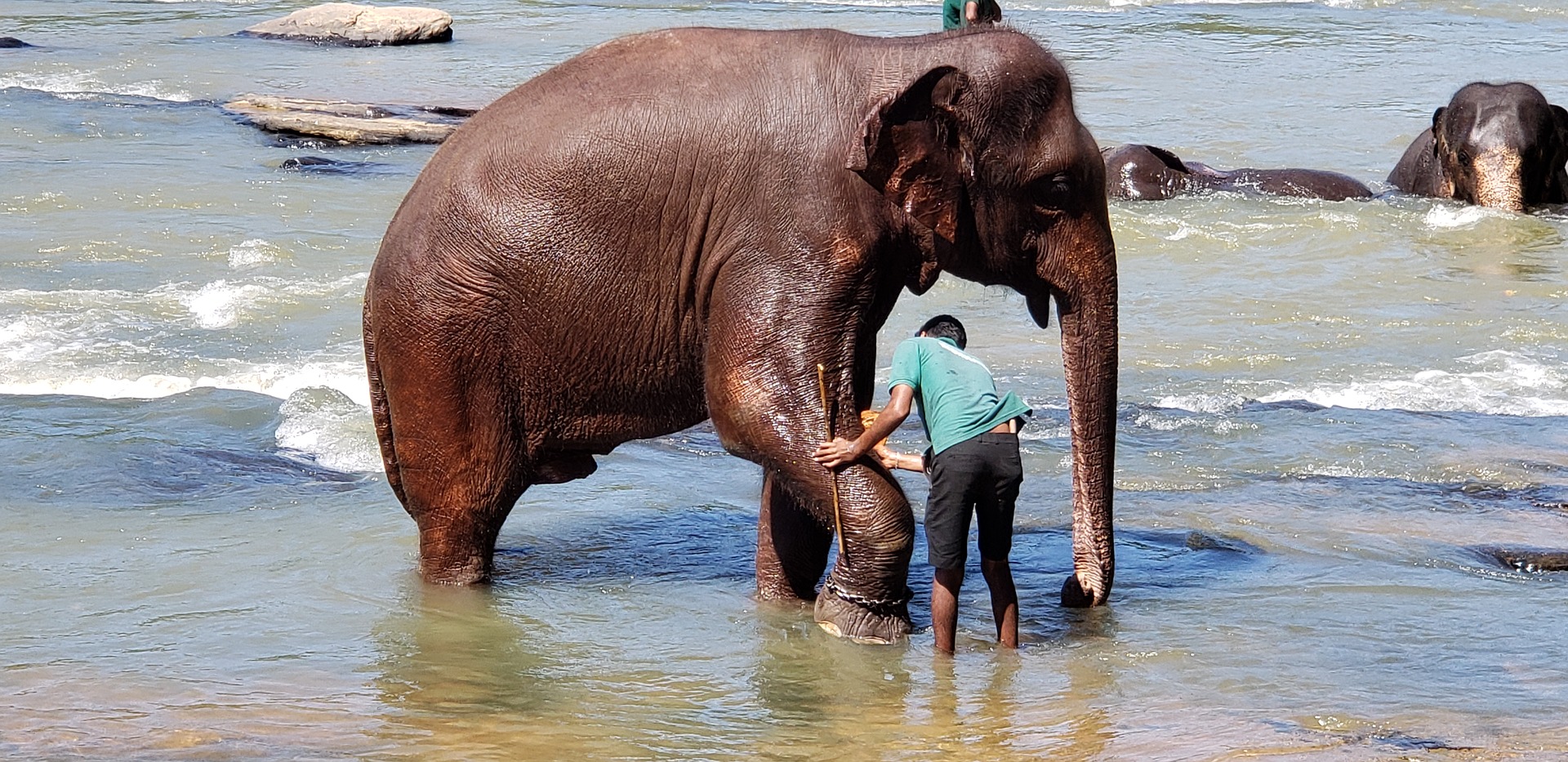
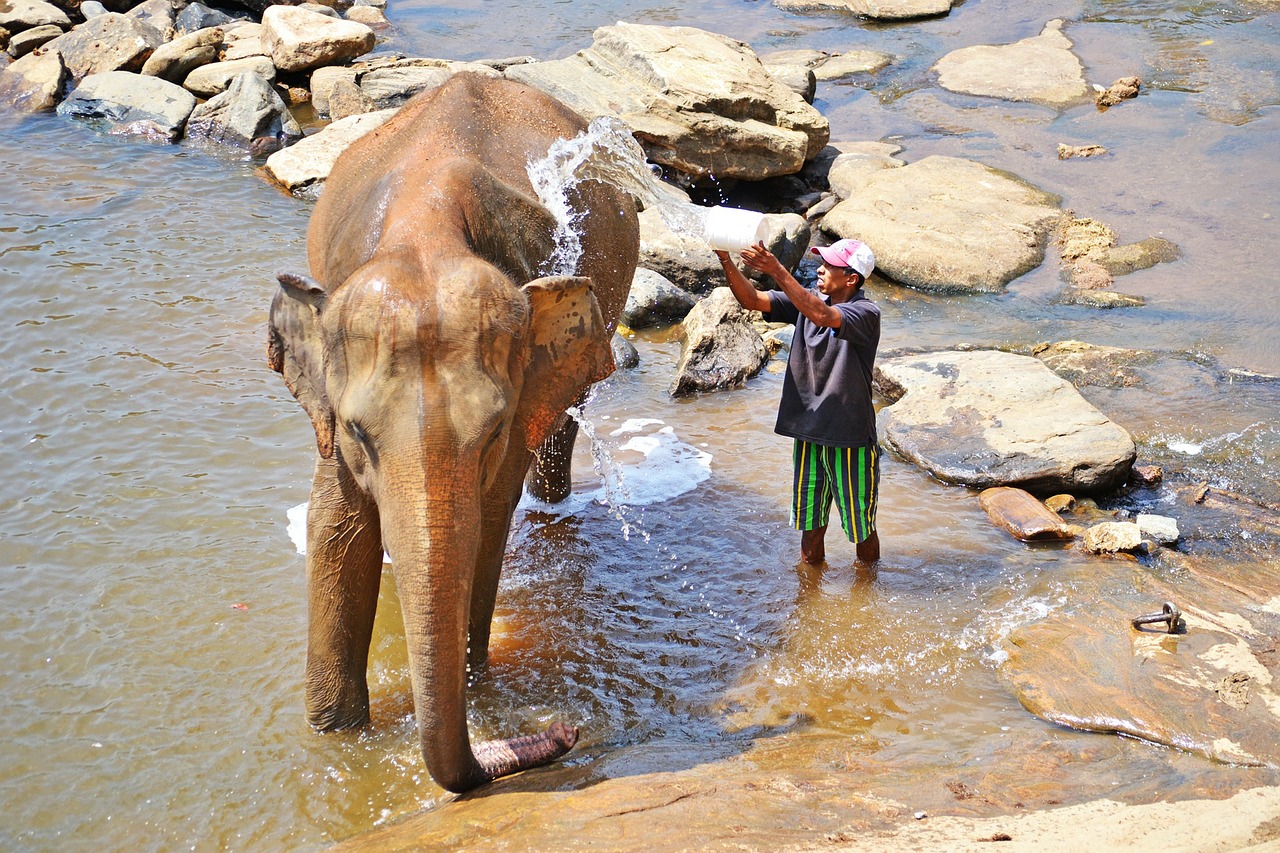
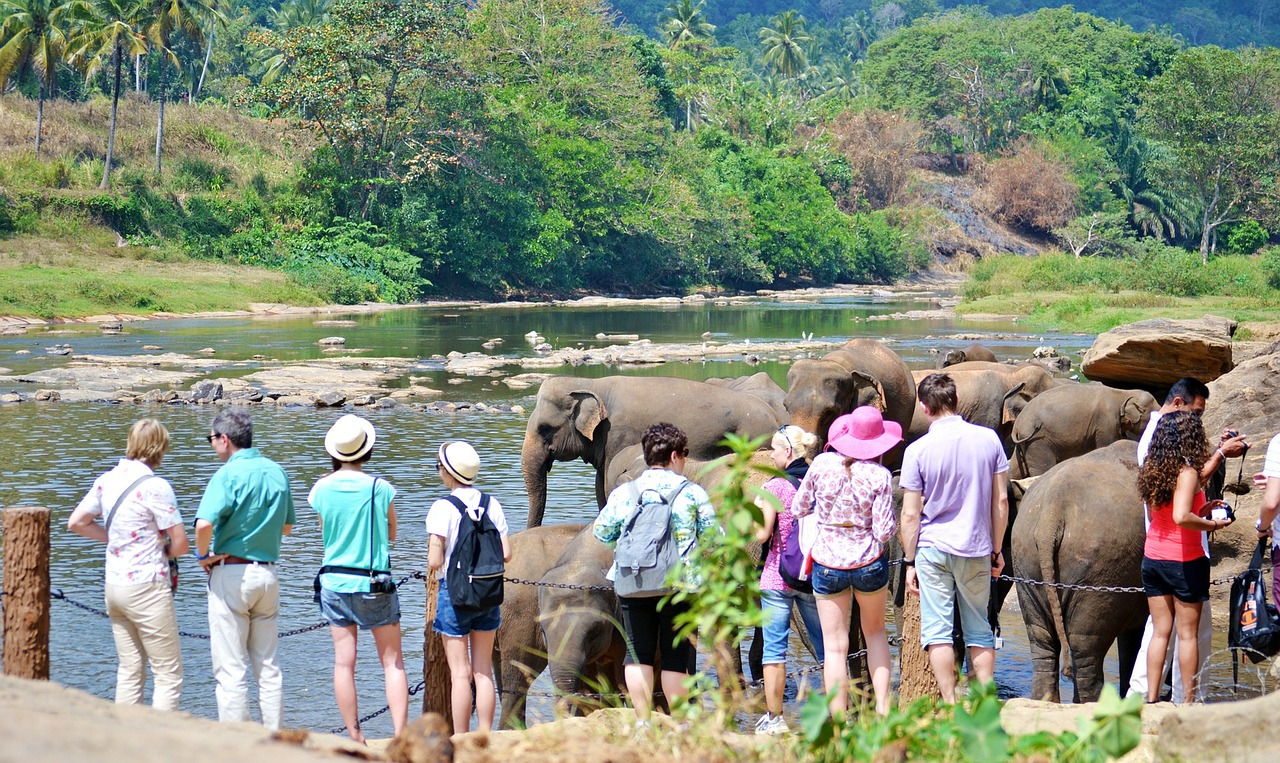
There’s no better place to see a wild animal than where it belongs—in the wild. Wild elephants can be seen in Khao Yai National Park and Kui Buri National Park in Thailand. In Laos, elephants are sometimes spotted at the Nam Et-Phou Louey National Biodiversity Conservation—a rarity as there are only 400 wild Asian elephants left in Laos. In Cambodia, they can be seen in the wild at the Cambodia Wildlife Sanctuary.
WAP found that there are at least 3,000 captive elephants in Asia—many of which are treated unethically. Here are some highly vetted sanctuaries where you can view Asian elephants from a respectful distance.
Cambodia
This registered NGO touts the slogan “let them run free” and allows visitors to observe formerly captive elephants.
Thailand
Boon Lott’s Elephant Sanctuary
Retired and rescued elephants live freely on a forest of 600 acres enclosed with a solar-powered fence. Rescued cats and dogs also live at Blom Lott, which means ‘survivor’ in Thai. BLES is supported by WAP and has strict capacity regulations for visitors.
Guests are allowed to walk from a safe distance with rescued elephants as they roam freely in a protected forest habitat. The UK-registered charity was awarded the ECOA grant in 2017.
Kindred Spirits Elephant Sanctuary
The non-profit reforests captive elephants in a sanctuary where they can naturally wander. Only overnight visits are allowed and guests may go for hikes in the forest where they may see the semi-wild elephants.
Burm and Emily’s Elephant Sanctuary
BEES is a forever home for elephants retired from the logging and tourism industries. They promote minimal human interaction with their hands-off approach and recently discontinued allowing travelers to feed elephants by hand.
Laos
The ECC is a permanent home to over 30 rescued elephants. The conservatory is a member of the Asian Captive Elephant Working Group and is dedicated to providing top-notch welfare.
Book Your Travel To ANY Destination
Use an interactive map to search, compare and book hotels & rentals at the best prices that are sourced from major booking sites like Booking.com, Hotels.com, Expedia, Vrbo and more. Search for ANY destination by clicking in the upper left corner of this map. You can also use the filter to fine tune your search, find restaurants, attractions and more!


